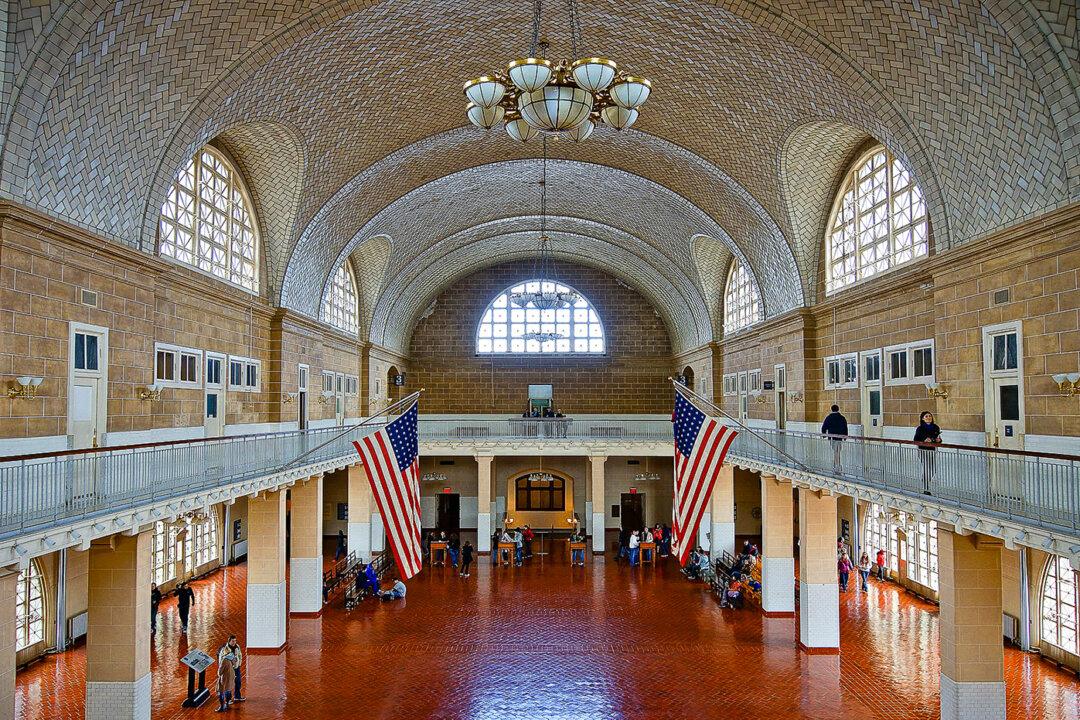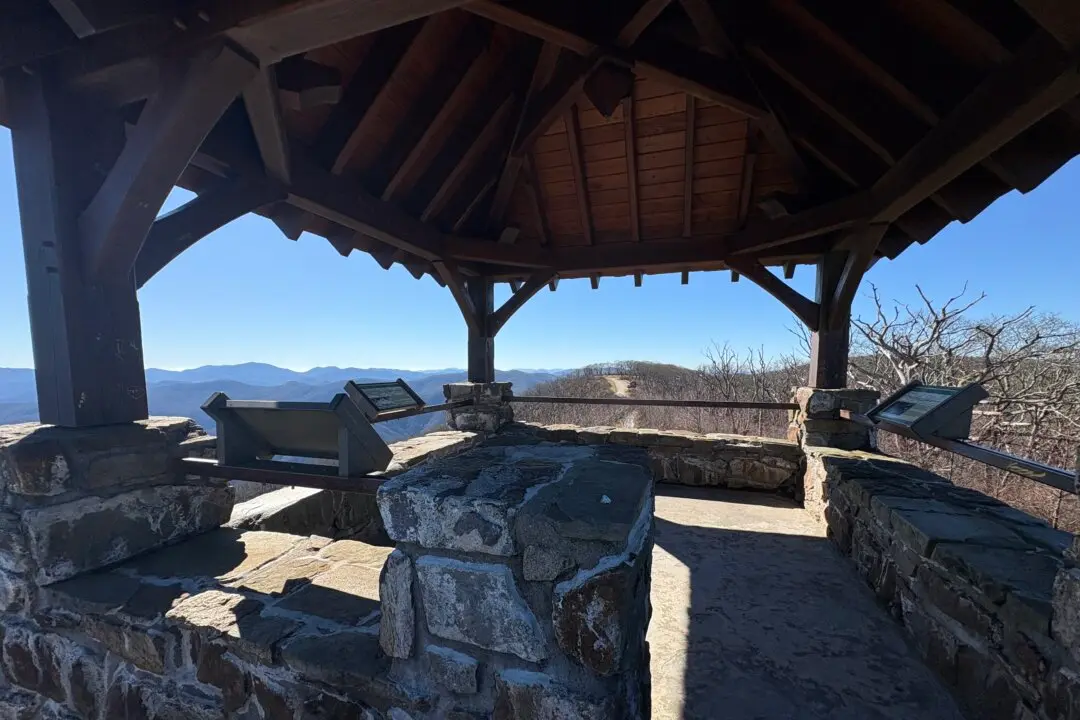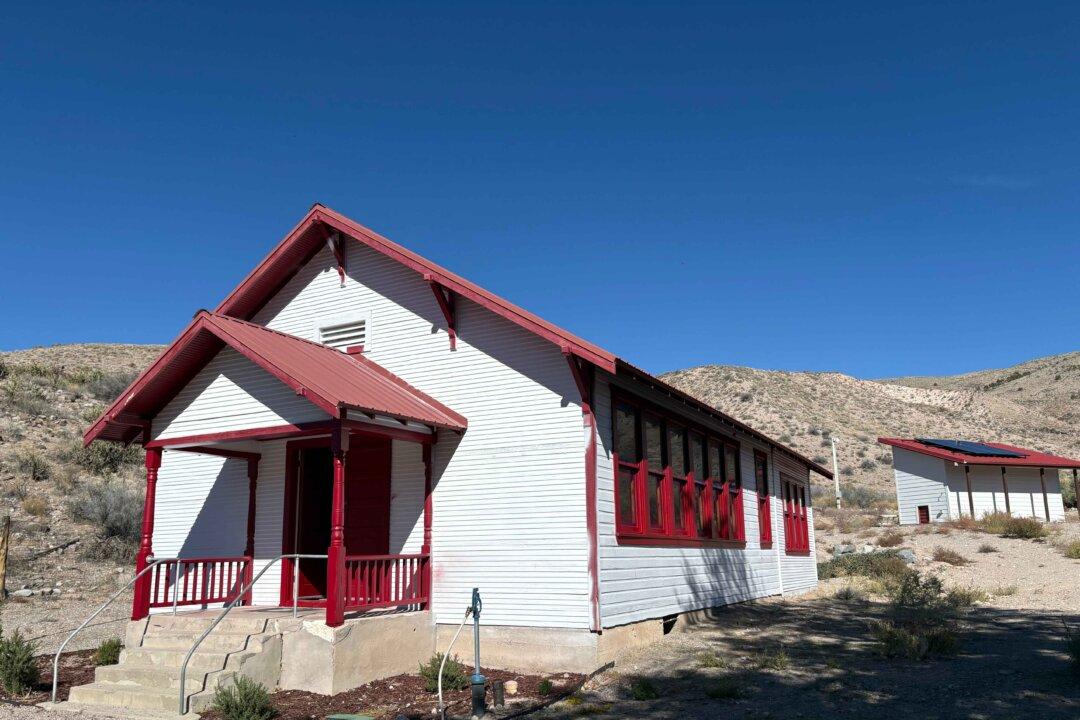When entering a building or a room, one naturally looks around. Yet Rafael Guastavino’s engineering and architectural artistry immediately draws the eyes upward. For a century and longer, the juxtaposition of tiles arranged in domes and arches have awed countless people.
In fact, the Spanish immigrant’s indelible mark graces numerous iconic American structures, including New York’s City Hall subway station and the Registry Room at Ellis Island, as well as Boston’s Public Library. The myriad American buildings receiving Guastavino’s signature stamp are grandly emblematic of a hopeful and prosperous America.





